What is the tolerance range of precision screws?
What is the tolerance range of precision screws?
Service Hotline
+86760-8787 8587We have more than ten years of experience in screw industry production, the main products are: flat washer, saddle-shaped single-sided toothed gasket, button nylon copper column, flat washer and spring washer sequence, aluminum profile European standard T-nut, 8.8 grade High-strength blackened fine pitch hexagon nut, ceiling screw, double-way hexagonal copper column nut, blackened washer, cover machine nut, hexagonal nut, full-tooth socket head cup head bolt, GB5783 screw, diamond nut, natural hexagonal welding Fasteners such as nuts, due to the different materials and specifications of the products, the prices are also different, please contact us if necessary.


(1) The screw-in performance test is to screw the self-tapping locking screw sample into the test plate until one complete thread completely passes the test without breaking. (2) The destructive torque test is to clamp the stem of the self-tapping locking screw specimen in a thread mold or other device that matches the screw thread, and uses a calibrated torque-measuring device to measure the screw. Torque is applied until fracture, which should not occur in the clamped threaded portion. (3) Carry out a tensile test on the screw sample to check the minimum tensile load for failure. The fracture should be within the length of the rod or the unthreaded thread, and should not occur at the junction of the nail head and the rod. Before the sample breaks, it should be It can reach the minimum tensile load specified by the corresponding performance class. (4) Hydrogen embrittlement is a problem that must be strictly paid attention to in the surface treatment process of self-tapping locking screws. In the pickling process, the screw is stirred in dilute hydrochloric acid, and the amount of hydrogen absorbed by the pickling steel increases linearly with the square root of time and reaches the saturation value. Less than 100%, a large number of hydrogen atoms will be produced, which will be attached to the surface of the screw, resulting in hydrogen infiltration, and the steel will become brittle due to the absorption of hydrogen. The self-tapping locking screw takes 6~8h to drive hydrogen, and the temperature is 160~200℃ (phosphating) and 200~240℃ (electroplating). However, in the production process, the hydrogen drive time should be determined according to many production conditions such as core hardness, surface roughness, electroplating time, coating thickness, pickling time, and acid concentration. It is best to do it before passivation and just after electroplating.
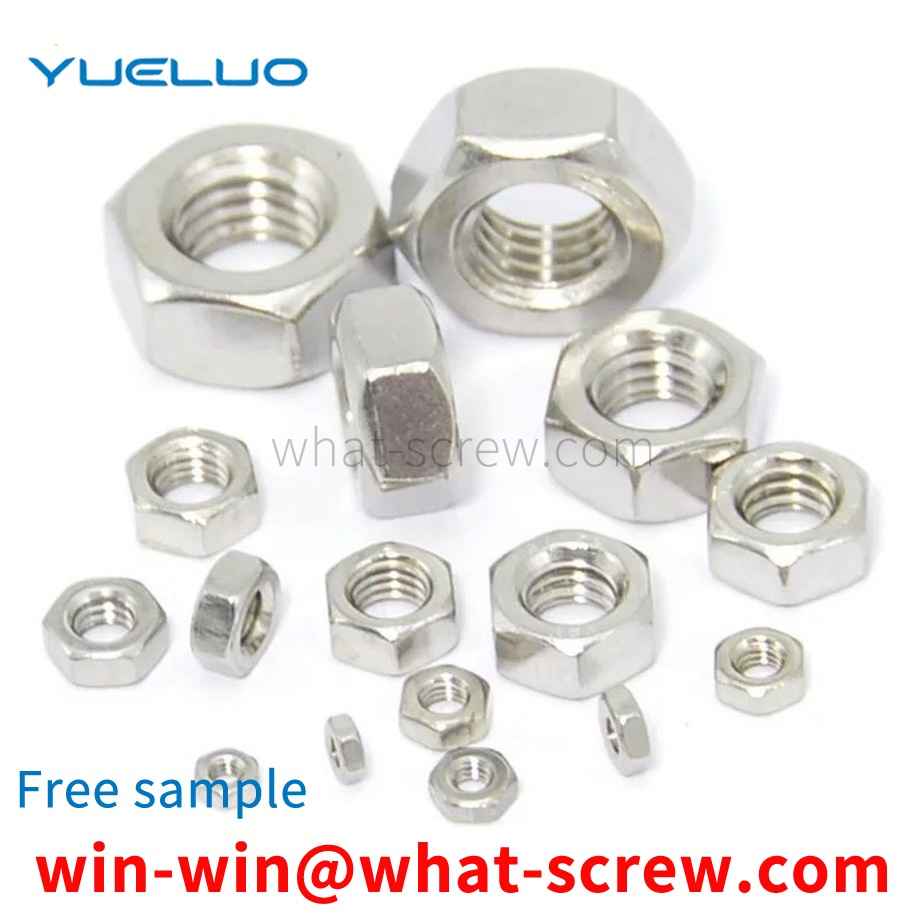
At present, when using the existing screwdriver to install the screw, it is necessary to fix the screw with the left hand and turn the screwdriver with the right hand. However, in some places where the installation space is small and the installation is difficult, there are many areas that cannot be accessed by hands, and the installation is very difficult. For example, on an airplane, when installing with a common screwdriver, it is very difficult to install the screws and the installation efficiency is low because the screws cannot be positioned; in addition, when installing screws on the aircraft wing or fuselage, the combination between the screwdriver and the screw is easy to slip, The blade of the screwdriver slipped out and could easily bruise the hand and damage the aluminum skin of the aircraft.
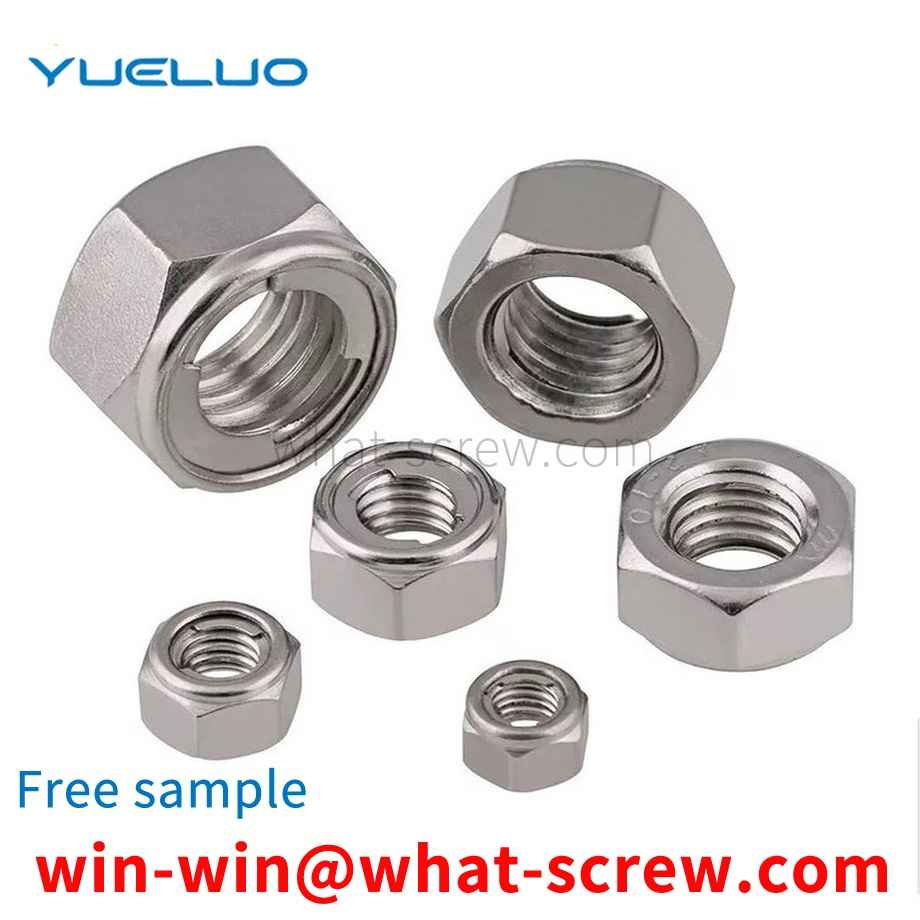
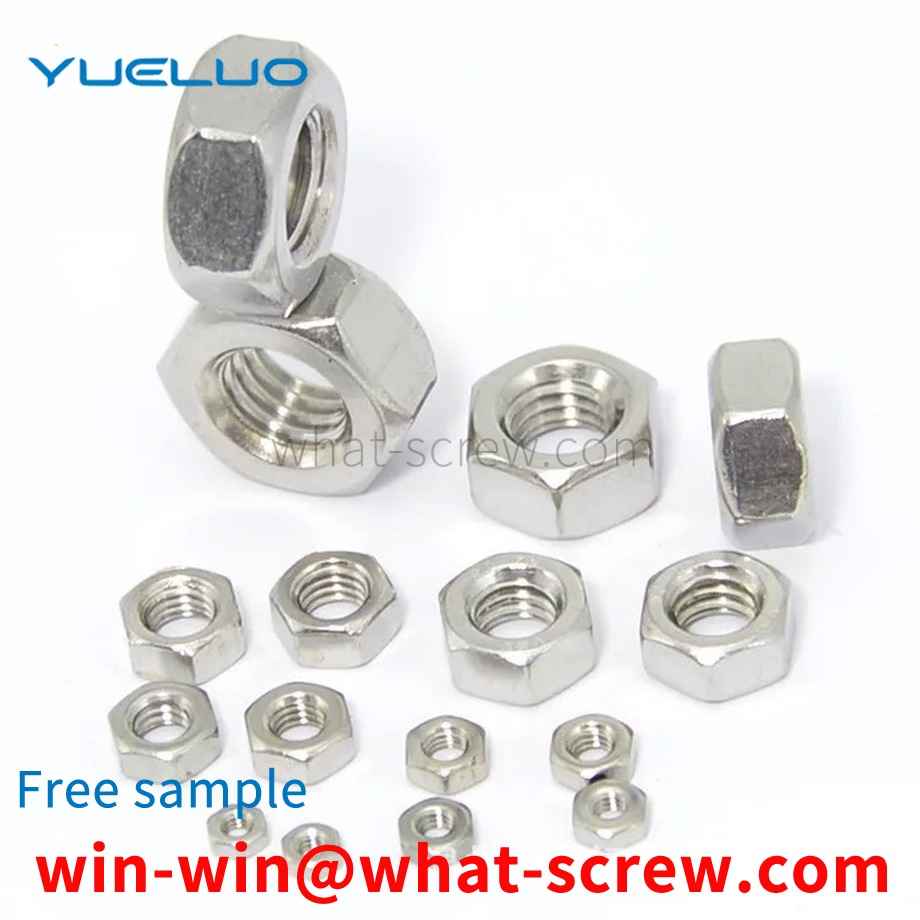
The main function of the spring washer is to prevent the nut from loosening. It is also known that: the existing spring washer is a ring made of spring steel, and then a gap is cut in the diameter direction on the ring, and the heads on both sides of the gap are cut. The material of the part is turned to two different sides of the ring to form a pawl, and the purpose of preventing loosening is achieved by the fit between the pawl and the nut on the surface and the workpiece. Obviously, only one pawl is used to achieve the purpose of preventing loosening. Since the braking force generated by one pawl is limited, there are defects of poor braking effect and poor anti-loosening effect.
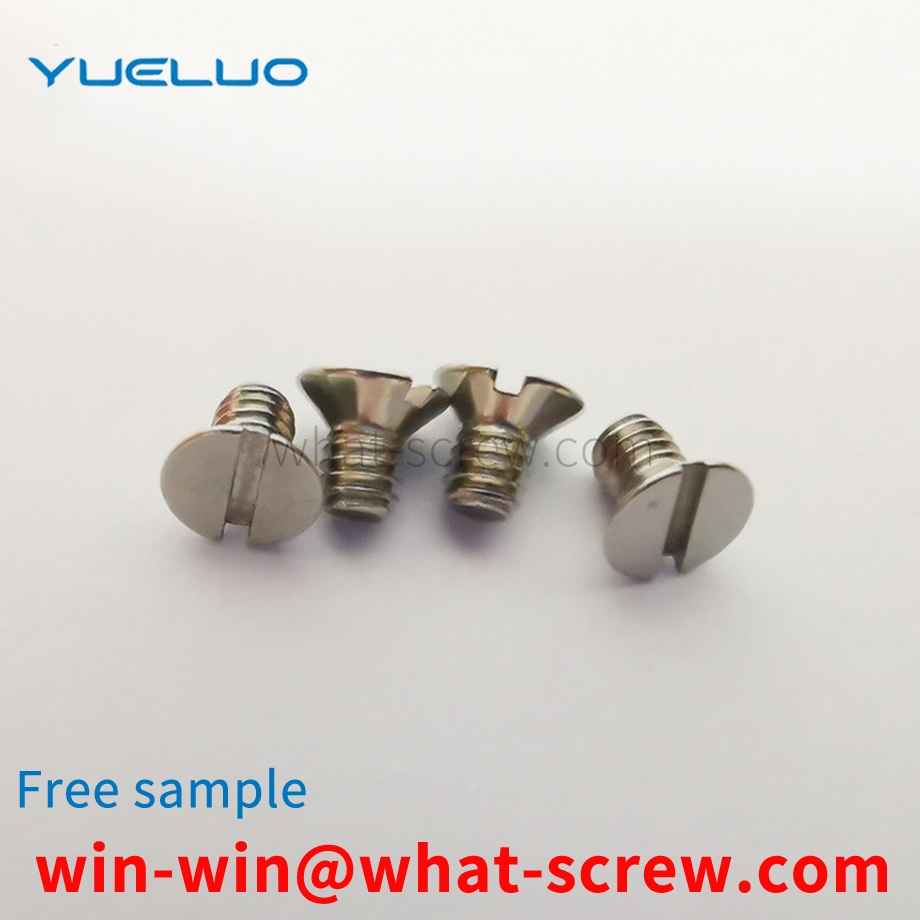
Bearings are an important component in contemporary machinery and equipment. Its main function is to support the mechanical rotating body, reduce the friction coefficient during its movement, and ensure its rotation accuracy. Every time the locomotive is repaired, the end cover of the axle box needs to be disassembled, the axle head is tested for flaws and the bearing is supplemented with grease, which involves the disassembly and assembly of the axle box bearing retaining ring. The existing disassembly method is to use the traditional method of inserting two tongue pins into the gap between the bearing retaining ring and the axle box to pry left and right, and slowly separate it from the axle head. Because the clearance between the bearing retaining ring and the shaft head is small, and the adhesive force generated by the grease in the axle box is large, if the disassembly method is not appropriate or the force is not uniform, it will cause certain damage to the axle box body and the bearing retaining ring or jam. It is easy to cause damage to the bearing, and there is also the possibility of damage to the disassembly and assembly tools, so the safety risk is high, and each disassembly and assembly of the bearing retaining ring is time-consuming and laborious, labor-intensive, low-efficiency, and increased maintenance costs.
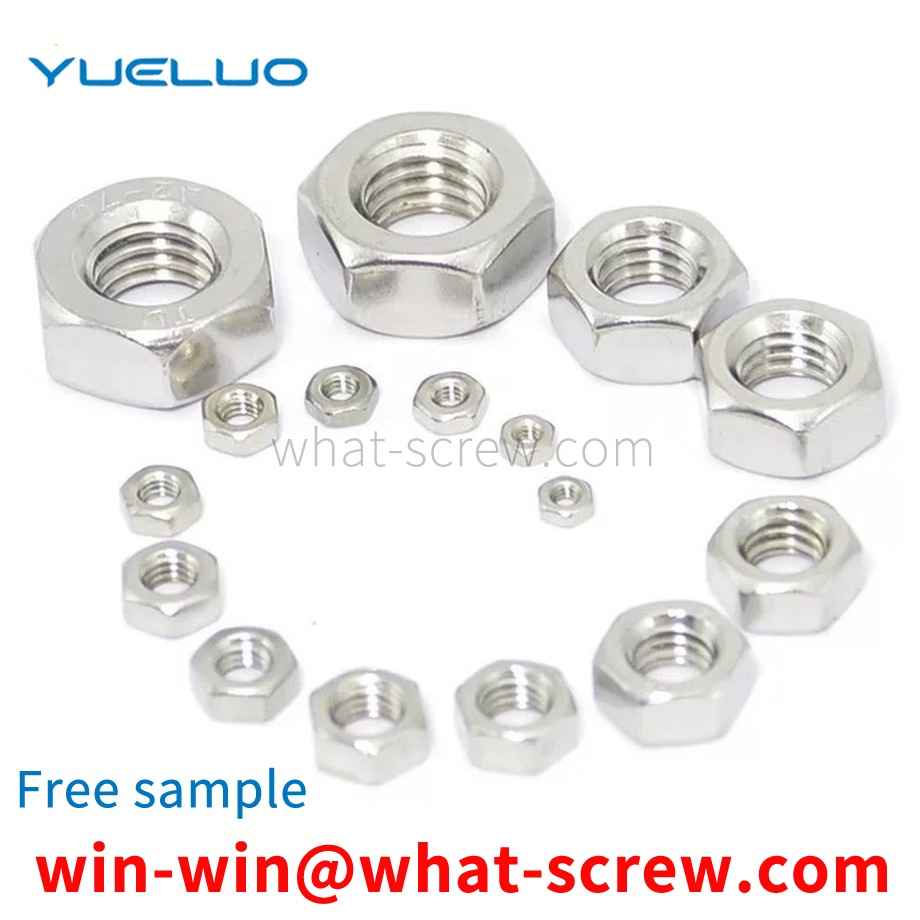
The above content is uploaded by Yueluo or the Internet. If there is any copyright issue, please contact [email protected].

What is the tolerance range of precision screws?

How to choose the right stainless steel screw manufacturer?

Why is there an R angle under the head of the hexagon head s...

We have more than ten years of experience in screw industry ...

We have more than ten years of experience in screw industry ...

We have more than ten years of experience in screw industry ...

We have more than ten years of production experience in the ...